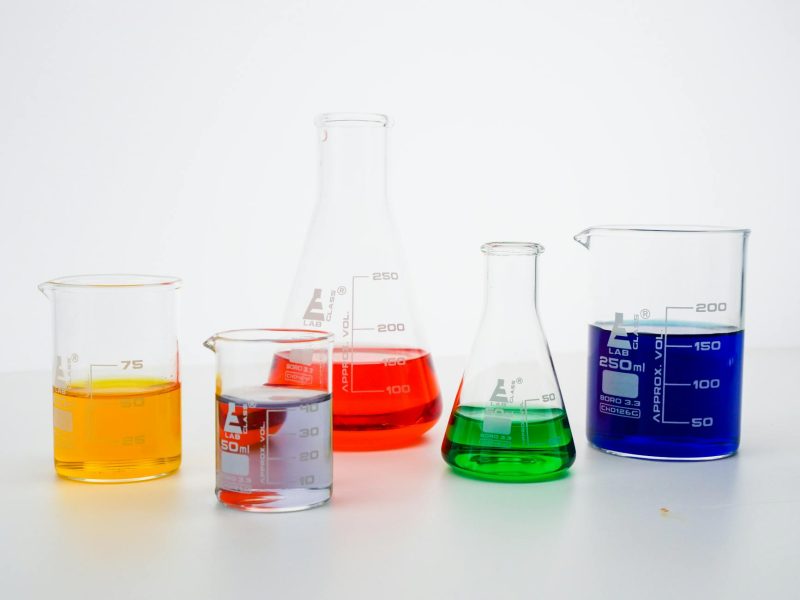Hydrogen peroxide is a versatile chemical used for disinfection of cuts, bruises, surfaces. While people swear by it for sanitary purposes, it has also found its uses as a bleaching agent, and an ingredient in the manufacture of acne medications.
The science of this acidic compound is incredibly simple. Before continuing, note that this chemical is often sold in 3% and 6% concentrations, which differ considerably.
Molecular Formula Of Hydrogen Peroxide
The molecular formula of hydrogen peroxide is H2O2 (also written as HOOH). The ‘H’ stands for hydrogen, and the ‘O’ stands for oxygen. This means that there are two hydrogen atoms and two oxygen atoms per molecule.
Boiling Point Of Hydrogen Peroxide
The boiling point of hydrogen peroxide is 150.2 °C (302.3 °F) at atmospheric pressure (this is 1 atm, which converts to 14.6 PSI). This is approximately 50 °C higher than the boiling point of water, which is 100 °C. This chemical undergoes thermal decomposition (which is decomposition caused by heat) and boils explosively at this temperature, therefore it is not advisable.
Melting Point Of Hydrogen Peroxide
The melting point of H2O2 is -0.43 °C (or 31.2 °F).
Heat Capacity Of Hydrogen Peroxide
The specific heat capacity of liquid hydrogen peroxide is 2.619 J/(g-K), and in gas form it is 1.267 J/(g-K). This (specific heat) refers to the amount of energy required to raise the temperature of hydrogen peroxide, not the latent heat. Latent heat refers to heat that results in expansion of the chemical. The latent heat of vapourization for hydrogen peroxide is 542 BTU/pound.
This means that it takes 542 BTU of heat to convert 1 pound of H2O2 into its gas phase (convert it into a gas).
Density Of Hydrogen Peroxide
The density of hydrogen peroxide is 1.11 g/cm3 (1.11 grams per cubic centimeter). This means that a cubic centimeter of H2O2 is 1.11 grams.
Further reading: Understanding Heat Capacity.





